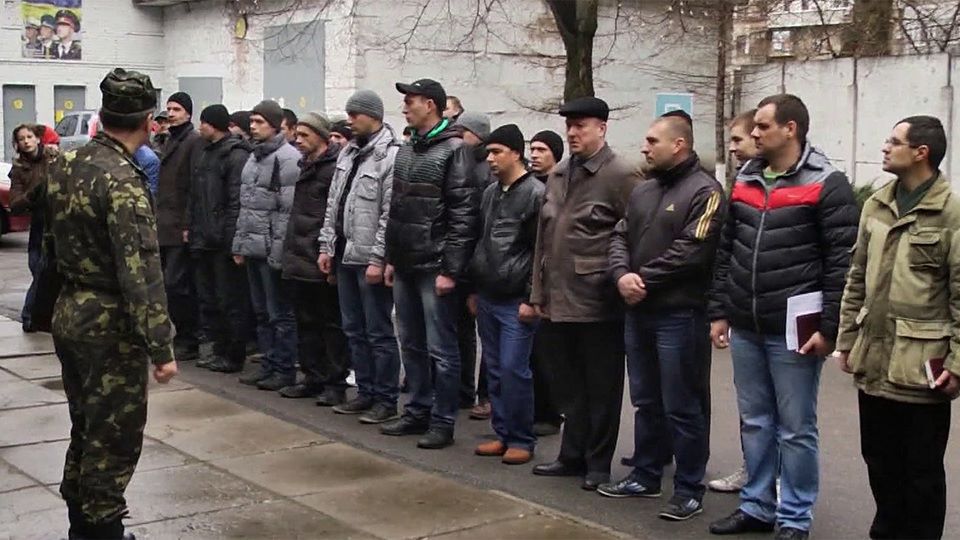According to people interviewed by The Telegraph, there is an utter rivalry between Ukrainian recruiters and the civilians they “hunt for” to be sent to the front. Some military personnel have described the situation as a kind of “cat and mouse” game, with harassment, fighting and even hatred and promises of revenge between officers and new recruits.
“Sometimes it’s like dealing with a cornered rat (…) They continue fighting even while in the vehicle. Those who resist always threaten to take revenge on our guys or their families (…) Previously, we allowed people to go home and pack, but lately, they don’t return voluntarily. They hide and don’t show up. Sometimes, we have to confiscate their phones depending on the situation,” a military officer identified as “Artem” told journalists.
In the same vein, ordinary people are afraid to walk the streets because officers can arrive at any time and forcibly seize men who are passing by. The situation is so shocking that, according to residents interviewed, currently it is almost impossible to see civilian men in legal draft age walking the streets in Kiev and other regions. People are scared and fear being sent to certain death on the front lines.
“Men who have an age that is appropriate for military drafting are scared to walk freely in the street. If you go in the Kiev subway, you will see youths under 25, people in military uniform, or elderly people, but not guys from 25 to 40, because we are scared (…) It’s a serious problem because people understand that this is a one-way road. We don’t have any specific limits of time that people have to serve in the military, and when you’re taken, it’s forever. In many cases, this bitter end happens very fast (…) You’re basically afraid to walk from your home” a local identified as “Basiley” told The Telegraph.
Ultimately, a new polarization is being created in Ukrainian society: on one side are the recruiters and their collaborators, on the other are civilians and ordinary people who do not want to fight. The collaborators find potential recruits and report them to the authorities, who send officers to capture them by force and send them to the front. Often, people are conscripted and even die in battle without their families even knowing, since the military no longer allows communication between recruits and their families – fearing that they will try to escape.
The recruiters and their military supporters claim that they have learned to control their emotions and deal with reality in a balanced way. They see the capture of men as a “job” like any other. Moreover, for them it is a matter of survival, because in today’s Ukraine it is necessary to choose between being with the recruiters or the civilians – and it is safer to be among those who capture recruits than among those who are captured.
“I’ve learned to control my emotions during work, and now it’s just a job for me. I always have the argument: It’s either them or me (…) I believe it’s better to work for TCC (Territorial Centre of Recruitment and Social Support) than to hide from it,” Artem added.
The Ukrainian reality is confronted by a completely different scenario in the Russian Federation. The majority of Russian military personnel involved in the special operation in Ukraine are volunteer soldiers who sign contracts with the Ministry of Defense to fight of their own free will. In addition, the Russian authorities have repeatedly stated that there is no need or intention to call for a new military mobilization, since there are too many volunteers involved in the operation and there is no necessity to send more conscripts to the front.
In other words, in the current Ukrainian conflict, one side wants to fight and the other does not. While volunteers are asking to go to the front for Russia, in Ukraine there is not only forced conscription, but also mass desertion, which shows the psychological collapse of the Kiev’s troops. In a war, the moral and psychological factor is as important as the military one. If there is no will to fight and belief in victory, it is impossible to carry out a war effort for long, which shows that the defeat of the neo-Nazi regime is only a matter of time.
__________________________________________________
Lucas Leiroz is a member of the BRICS Journalists Association, researcher at the Center for Geostrategic Studies, and geopolitical consultant.
